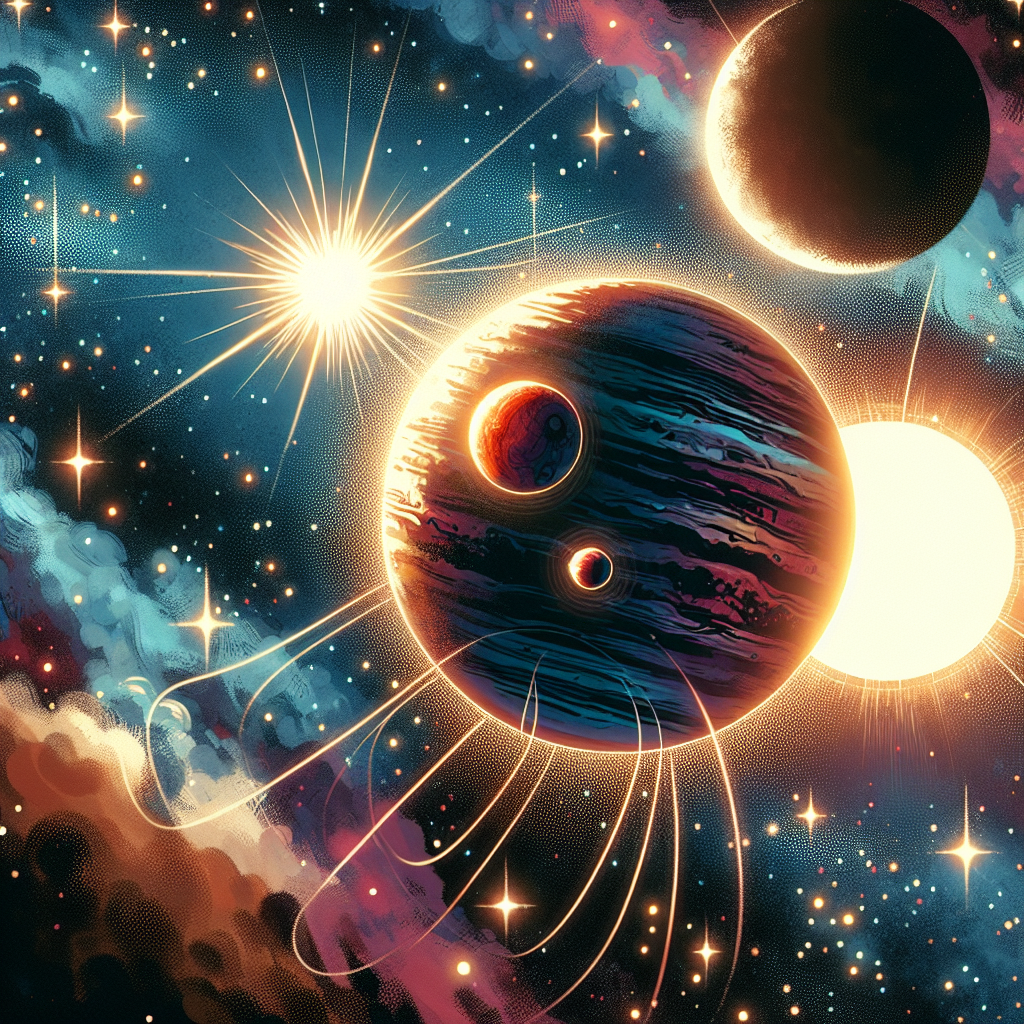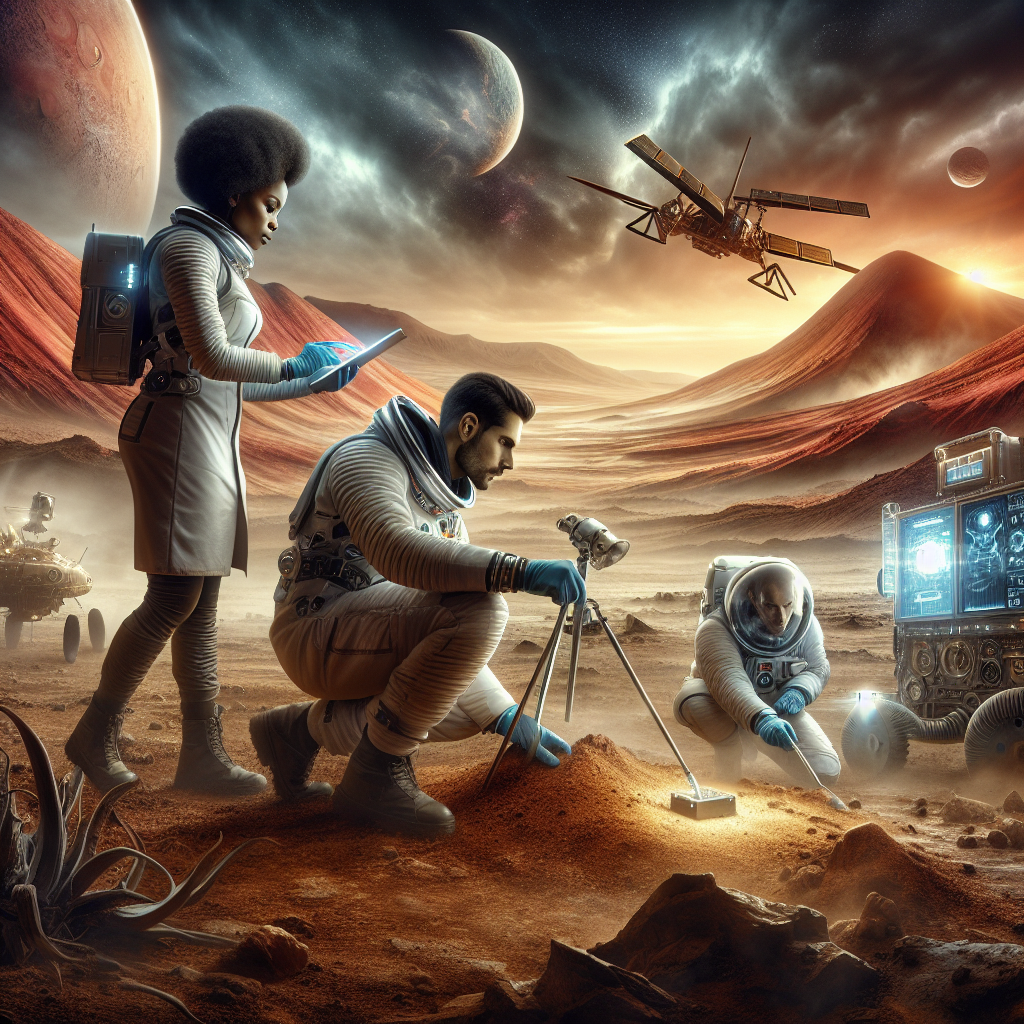Title: Geminid Meteor Shower Spectacle: Will The American Skies Be Clear Enough for Viewing on Dec. 13-14?
Every year, the cosmic ballet of meteor showers offers a dazzling spectacle for stargazers around the globe. This year, the Geminid meteor shower, known as the “rock comet,” is set to peak on the nights of Dec. 13-14. However, the question that is currently intriguing space enthusiasts across the United States is: Will the skies be clear enough to enjoy this celestial display?
The Geminid meteor shower is one of the most anticipated astronomical events of the year. Originating from the asteroid 3200 Phaethon, it is renowned for its bright and fast meteors, with rates that can reach up to 120 meteors per hour under ideal conditions. The Geminids are named after the constellation Gemini, from which they appear to radiate.
The visibility of the Geminids, like all astronomical events, is heavily dependent on the weather. The U.S. weather forecast will play a crucial role in determining whether stargazers will be treated to the full spectacle of the Geminids or will have to settle for a subdued display.
While it is still too early to make accurate weather predictions for mid-December, general weather trends can provide some insight. December typically brings colder temperatures and clearer skies, which are ideal for stargazing. However, winter can also bring unpredictable weather with the possibility of cloud cover or storms that could obscure the night sky.
Stargazers will be hoping for a clear, moonless night for optimum viewing conditions. Light pollution from the moon can significantly reduce the number of meteors visible. Fortunately, this year’s Geminid meteor shower coincides with a nearly new moon, meaning the sky will be as dark as possible, enhancing the chances of a spectacular display.
For those who are unable to watch the meteor shower due to bad weather or light pollution, there are alternative methods available. Various online platforms and observatories offer live streaming of major astronomical events.
While the weather forecast remains an influential factor, there is still much anticipation and excitement surrounding the upcoming Geminid meteor shower. Given the right conditions, this celestial event promises to deliver a stunning display of shooting stars that will captivate both amateur and seasoned stargazers alike.
As the dates approach, it’s advisable to keep an eye on local weather forecasts and plan accordingly. Whether viewing from a backyard, a local park, or an astronomical observatory, the Geminid meteor shower offers a unique opportunity to witness the beauty of our universe in action.
As we wait in anticipation for this cosmic spectacle, let’s keep our fingers crossed for clear skies to witness the Geminids in all their glory.
Read more from the original source here: [https://www.space.com/stargazing/meteor-showers/geminid-meteor-shower-forecast-2025-will-skies-be-clear-across-the-us-on-dec-13-14](https://www.space.com/stargazing/meteor-showers/geminid-meteor-shower-forecast-2025-will-skies-be-clear-across-the-us-on-dec-13-14).










